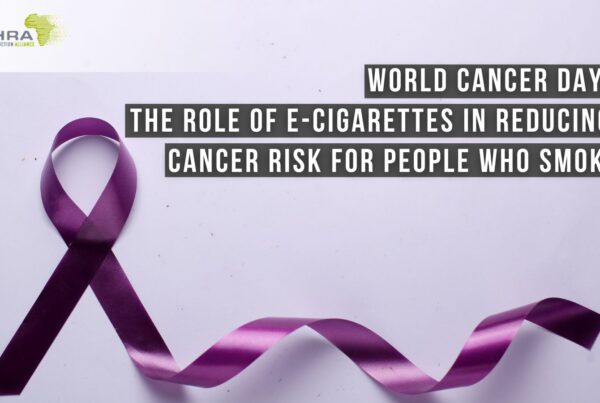Every year on February 4th, the world unites to raise awareness about cancer and its prevention. While traditional efforts focus on smoking cessation as a primary strategy for reducing tobacco-related cancers, emerging research suggests that harm reduction—including the use of electronic cigarettes—may offer a viable alternative for people who smoke and struggle to quit.
A study published in Nicotine & Tobacco Research (2017) sheds light on this possibility. The research found that people who smoke and switch entirely to e-cigarettes significantly reduced their exposure to key carcinogens associated with traditional cigarettes.
Understanding the Link Between Smoking and Cancer
Smoking is a leading cause of preventable cancers worldwide. The combustion of tobacco in cigarettes produces thousands of harmful chemicals, including:
- Tobacco-Specific Nitrosamines (TSNAs) – Known to cause lung, pancreatic, and oral cancers.
- Benzene – A carcinogenic compound linked to leukemia.
- Acrolein and Other Volatile Organic Compounds (VOCs) – Damaging to DNA and increasing cancer risk.

For decades, the public health message has been clear: quitting smoking is the best option. However, many people who smoke struggle to quit using traditional methods, such as nicotine replacement therapy (NRT) or prescription medications. This is where tobacco harm reduction (THR) comes in.
E-Cigarettes and Reduced Exposure to Carcinogens
The 2017 study followed people who smoked and completely switched to e-cigarettes for two weeks and analyzed their biological markers of toxic exposure. The results were compelling:
- 57% reduction in NNAL, a byproduct of TSNAs strongly linked to lung cancer.
- 50% decrease in benzene exposure, lowering the risk of blood-related cancers.
- Significant reductions in acrolein and other VOCs, are known to cause tissue damage and inflammation.
Most notably, nicotine intake remained stable, meaning people who smoked were able to satisfy their cravings without continued exposure to combustion-related toxins.
What This Means for Cancer Prevention
For World Cancer Day, it’s crucial to recognize that harm reduction strategies, including e-cigarettes, can play a role in reducing cancer risk for people who smoke and cannot or will not quit. While quitting all nicotine use is ideal, switching completely to e-cigarettes is far less harmful than continuing to smoke.
Public health organizations should consider balanced policies that encourage smoking cessation while acknowledging the role of alternative nicotine products in harm reduction. Dismissing e-cigarettes outright could discourage people who smoke from switching to a far less harmful option, inadvertently keeping them at higher risk for cancer.
A Call to Action: Supporting Harm Reduction for Cancer Prevention
On World Cancer Day, let’s commit to a future where people who smoke have science-backed alternatives that can help reduce their cancer risk. Governments, healthcare professionals, and public health bodies should:
- Promote accurate information about the comparative risks of smoking and e-cigarettes.
- Encourage complete switching for people who smoke and struggle to quit.
- Fund long-term studies on the benefits and risks of e-cigarettes for public health.
Smoking-related cancers are preventable. By embracing harm reduction as part of the solution, we can save lives and create a future where fewer people suffer from smoking-related diseases.
This World Cancer Day, let’s prioritize facts over fear and focus on real-world solutions that can help people who smoke reduce their risk.
This article was written with the aid of AI.
THR Topics
Popular Posts
Quick Links
Women in THR
Related Posts
 Letter to the World Health Organization (WHO)
Letter to the World Health Organization (WHO)
Letter to the World Health Organization (WHO)
 Public Health implications of vaping in Germany
Public Health implications of vaping in Germany
Public Health implications of vaping in Germany
 Public Health implications of vaping in the United States of America
Public Health implications of vaping in the United States of America








